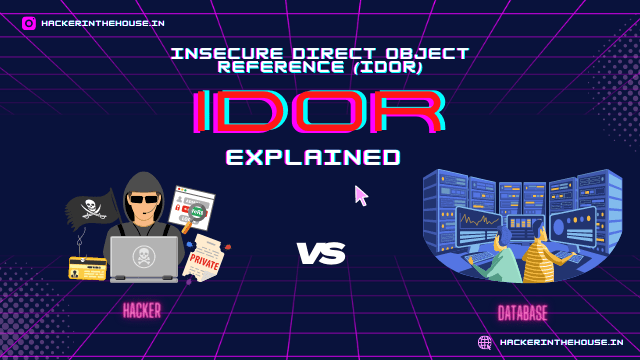In this article, We will discuss debugging techniques for exploit development. Debugging is an important part of exploit development, as it allows you to discover and fix errors in your code, leading to a successful exploit. Now, let’s cover some of the key debugging techniques that can assist you to develop exploits more efficiently.
1. Symbolic Debugging: It involves the use of symbolic names and values rather than raw memory addresses. This makes it simpler to track variables and the flow of execution through your code, assisting you to identify bugs more quickly. A popular symbolic debugger utilized in exploit development is GDB.
2. Source-level Debugging: Source-level debugging permits you to step through your code line by line, examine the values of variables, and track the flow of execution. This type of debugging is useful for figuring out the behavior of a program and for identifying bugs. A source-level debugger like GDB can be utilized to perform this type of debugging.
3. Remote Debugging: It is necessary when you need to debug a program running on a remote machine, such as a target system to that you don’t have direct access. In this case, the debugger and the target program can communicate over a network connection. This type of debugging is particularly useful when developing exploits that target remote systems.
4. Core Dumps: These are snapshots of a program’s state at a specific point in time. They can be utilized to debug a program by analyzing its state when it crashed. Core dumps can provide useful information about the state of a program, including the values of variables, the contents of memory, and the state of the program’s execution.
5. Logging and Tracing: These are important tools for understanding the behavior of a program and for finding bugs. Logging includes writing messages to a log file that describe the behavior of a program while tracing includes recording the execution of a program and displaying this information to the user. These techniques can provide useful insights into how a program is behaving, allowing you to identify and fix bugs more quickly.
6. Fuzz Testing: It is a type of testing that includes feeding a program random or unexpected input in an attempt to discover bugs. This can be an effective way to identify bugs, as it can uncover cases that developers may not have considered. Fuzz testing can also be utilized to test the robustness of a program and to find potential security vulnerabilities.
7. Valgrind: It is a tool that can be used to analyze a program’s behavior and identify bugs. It is especially useful for finding memory-related bugs, such as memory leaks and buffer overflows. It can provide detailed information about the state of a program’s memory, allowing you to discover and fix bugs more quickly.
In conclusion, the key to effective exploit development is effectual debugging. By using these techniques, you can discover and fix bugs more quickly, leading to more successful exploits. If you are just starting out with exploit development, mastering these debugging techniques are important to your success.
We will explore more in our next upcoming blogs…
Thank you for reading!











Leave a Reply